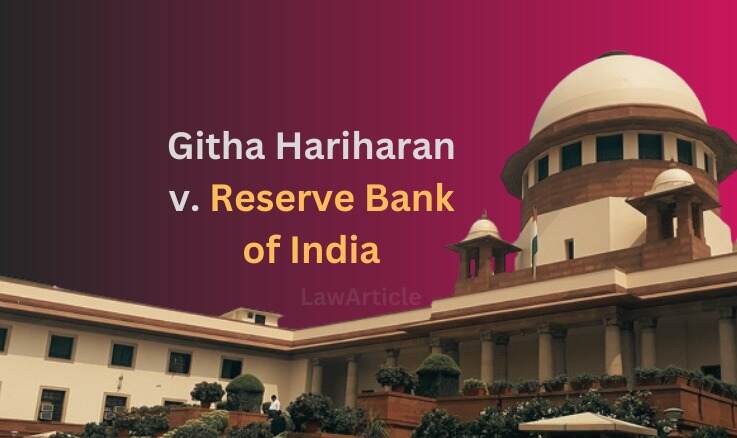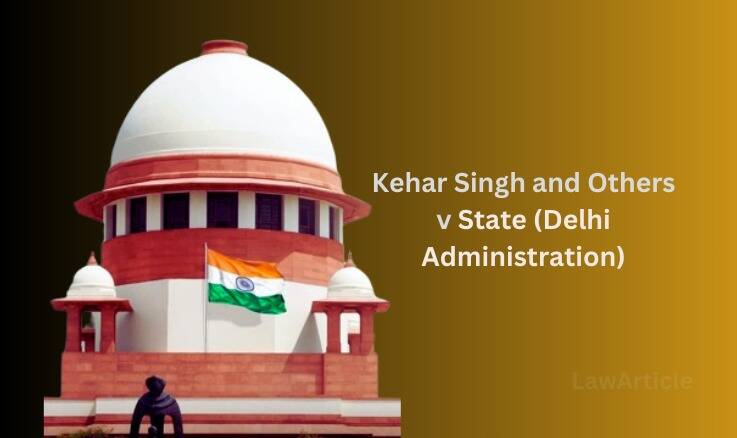Introduction
The Vineet Narain & Others vs Union of India case, also known as the Jain Hawala Case, is a pivotal moment in the annals of Indian judiciary, representing a significant step towards enhancing the autonomy and accountability of the country’s investigative agencies. Stemming from the discovery of the “Hawala Scandal,” which implicated several high-ranking politicians and bureaucrats in corrupt practices, this case laid bare the pervasive influence of political power over investigative bodies like the Central Bureau of Investigation (CBI). The Supreme Court’s intervention, spurred by a Public Interest Litigation (PIL) filed by journalist Vineet Narain, not only mandated a thorough investigation into the scandal but also introduced sweeping reforms to safeguard the independence of investigative agencies from political interference. The landmark judgment is widely regarded as a cornerstone in the fight against corruption and a testament to the role of judicial activism in promoting transparency and accountability in public life.
Facts of the Case
The Vineet Narain & Others vs Union of India case, widely known as the Jain Hawala Case, emerged from the 1991 arrest of Ashfaq Hussain Lone, a member of the terrorist organization Hizbul Mujahideen, in Delhi. During the investigation, the Central Bureau of Investigation (CBI) conducted raids at the premises of Surender Kumar Jain, a businessman, and uncovered diaries containing records of significant payments made to high-profile politicians and bureaucrats. These payments were allegedly linked to funds from terrorist organizations, implicating powerful figures across different political parties.
Despite the serious implications of the scandal, the CBI’s investigation stalled, allegedly due to the influence of those implicated. Journalist Vineet Narain filed a Public Interest Litigation (PIL) under Article 32 of the Indian Constitution in 1993, seeking a proper investigation into the case and demanding accountability from the government and its agencies.
Issues
- Independence of the CBI: Whether the CBI and other investigative agencies in India were operating with sufficient autonomy or were subject to undue political influence.
- Government Inaction: Whether the government and its agencies, including the CBI, failed to perform their legal obligations by not conducting a thorough investigation into the scandal.
- Judicial Oversight: Whether the judiciary should intervene in ensuring the proper functioning and independence of investigative agencies when there is a failure by the executive branch.
Arguments from the Petitioners
- Failure to Investigate: The petitioners argued that the CBI and other government agencies deliberately failed to investigate the scandal properly due to the involvement of influential politicians and bureaucrats. This failure was seen as a direct threat to the rule of law and the integrity of the nation.
- Nexus of Crime and Corruption: It was contended that the case revealed a dangerous nexus between crime, corruption, and high-level politics, which undermined public trust and posed a severe risk to national security.
- Judicial Intervention: The petitioners sought the intervention of the Supreme Court to ensure a proper investigation was conducted and to prevent future instances of political interference in such cases. They also called for the appointment of independent officers to oversee the investigation.
Arguments from the Respondents
- CBI’s Autonomy: The Union of India argued that the CBI was an independent agency and that there was no interference from the government in its operations. They claimed that the investigation had been conducted properly and that there was no need for judicial intervention.
- Lack of Direct Impact on Petitioners: The respondents contended that the petitioners were not directly affected by the alleged corruption and, therefore, did not have the standing to bring the case before the court.
- Sufficient Evidence: The government argued that there was insufficient evidence to warrant further investigation into the politicians implicated by the Jain diaries, and thus the court should not interfere with the CBI’s decisions.
Judgment
The Supreme Court of India delivered a landmark judgment in the Vineet Narain & Others vs Union of India case, which had far-reaching implications for the autonomy and accountability of investigative agencies in India. The Court recognized the critical role of the Central Bureau of Investigation (CBI) in maintaining the rule of law and expressed concern over its susceptibility to political interference. To address this, the Court issued several directives:
- Establishment of the Central Vigilance Commission (CVC): The judgment led to the statutory recognition of the CVC as an independent body to oversee the functioning of the CBI and ensure its independence from political influence. The CVC was given the authority to supervise the investigation of corruption cases involving high-ranking officials.
- Autonomy of the CBI: The Supreme Court emphasized the need for the CBI to function independently and free from governmental interference. It mandated that the CBI Director should have a minimum fixed tenure of two years to prevent arbitrary transfers and ensure continuity in leadership.
- Judicial Oversight: The Court highlighted the need for judicial oversight in cases where there is a failure of the executive branch to act against corruption. It established guidelines for a court-monitored investigation in sensitive and high-profile cases, ensuring accountability and transparency.
- Striking Down the Single Directive: The judgment struck down the “Single Directive,” which required prior government approval before initiating investigations against senior bureaucrats. This was seen as a significant move to eliminate bureaucratic immunity in corruption cases.
Impact
The judgment in the Vineet Narain case had a profound impact on the legal and political landscape of India:
- Strengthening of Anti-Corruption Framework: The case reinforced the importance of an independent and robust anti-corruption framework. The establishment of the CVC as an independent body and the protection of the CBI’s autonomy were key steps toward ensuring that corruption cases could be investigated without fear or favor.
- Judicial Activism: The case is often cited as a prime example of judicial activism in India, where the judiciary took proactive steps to address the shortcomings of the executive branch. This has had a lasting influence on the role of the judiciary in upholding the rule of law and ensuring government accountability.
- Public Awareness: The judgment brought significant public attention to the issue of corruption at the highest levels of government. It encouraged greater public participation in the judicial process through Public Interest Litigations (PILs), empowering citizens to hold the government accountable.
- Policy Reforms: The case prompted several policy reforms aimed at improving the functioning of investigative agencies in India. The guidelines issued by the Supreme Court served as a blueprint for subsequent reforms in the governance of these agencies.
Conclusion
The Vineet Narain & Others vs Union of India case stands as a landmark in Indian jurisprudence, setting a precedent for the independence and accountability of investigative agencies. The Supreme Court’s judgment not only addressed the immediate concerns of the case but also laid the groundwork for long-term reforms in the country’s anti-corruption framework. By ensuring the autonomy of the CBI and strengthening the role of the CVC, the judgment significantly contributed to the fight against corruption and the protection of the rule of law in India. This case continues to be a reference point in discussions on judicial activism and the role of the judiciary in governance.
Also Read:
Rights of undertrial prisoners in India
How To Send A Legal Notice In India












